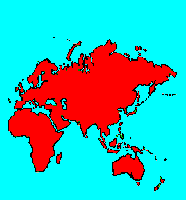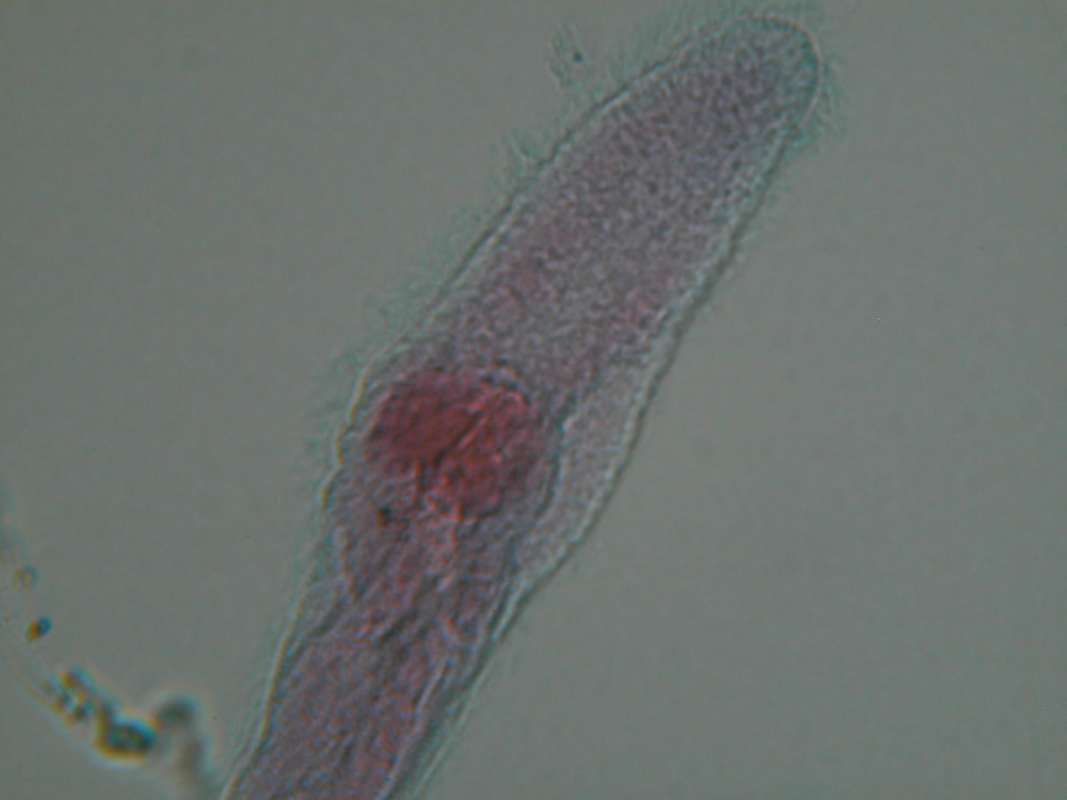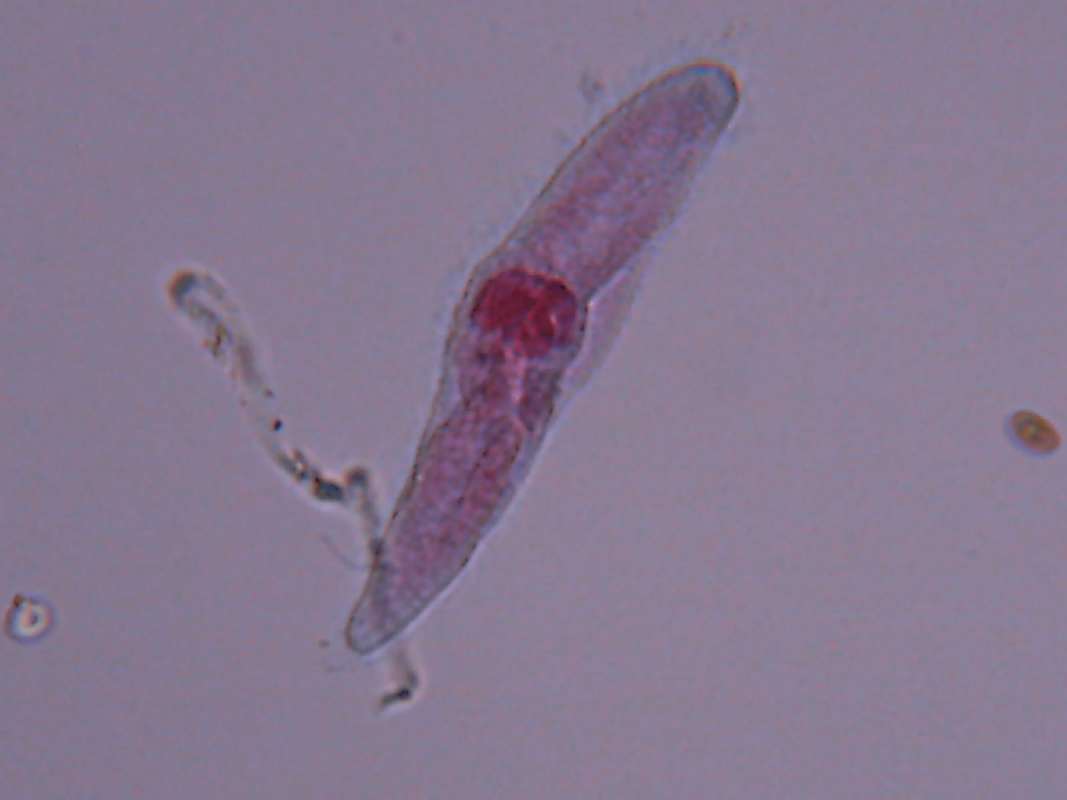SPECIES INFO
Ciliophora, the Ciliate Group, contains unicellular animals that propel themselves with numerous hairs on the sides of their bodies. The Paramecium that is frequently studied in elementary biology classes belongs here.
Protista kingdom (sometimes spelled as Protoctista) contains numerous phyla including unicellular animals and algae. Generally, these are aquatic life forms. The number of species is difficult to estimate, and it might be as low as 60,000 and as high as 200,000.
There is discussion among scientists as to whether this group of lifeforms should be split into two different kingdoms. One for those that make their own food, and the other for those that eat food. They suggest: Chromista and Protozoa.
Although herein we follow conventional norms and recognize 9 phyla, it has been suggested there might be 50 different phyla herein. These lifeforms have been found as far back as 1.2 billion years ago.





